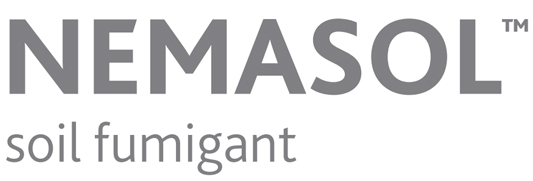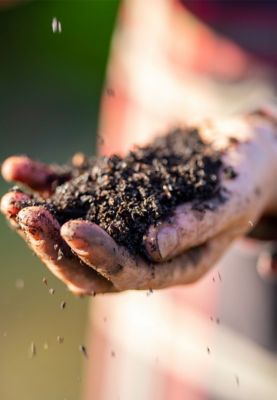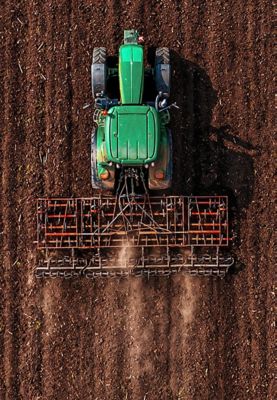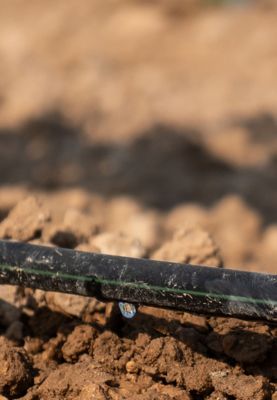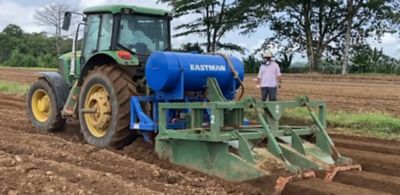Soil fumigation is a soil disinfection method. Therefore, a soil fumigant can also be referred to as a soil disinfectant. These terms are often used interchangeably in the industry, and the use of one term over the other may vary depending on the region.
Nemasol (metam sodium) and Nemasol K (metam potassium) are both salts of N-methyldithiocarbamate but have a different counterions as part of their chemical composition: sodium in the case of Nemasol and potassium in the case of Nemasol K. Both are commercially available in aqueous solutions with different concentrations (see here). Once applied in soil, Nemasol and Nemasol K release the active compound methyl isothiocyanate (MITC), which offers a broad spectrum of activity against soil diseases and weeds.
With its potassium content, Nemasol K is recommended for use on crops that benefit from potassium nutrition and can have a secondary benefit working to some degree as a fertilizer. Unlike Nemasol, it is sodium free. For that reason, Nemasol K is also recommended for crops grown in high-salinity soils.
When metam converts to MITC, there is typically a quick buildup of a peak concentration of MITC followed by a decrease as MITC immediately starts to dissipate (gas expansion, sorption, and degradation or metabolism). In general, a waiting period of two to six weeks is recommended; however, this depends on local soil and weather conditions and label requirements. A cress test (see stewardship section here) is always recommended to ensure all MITC has been converted.


